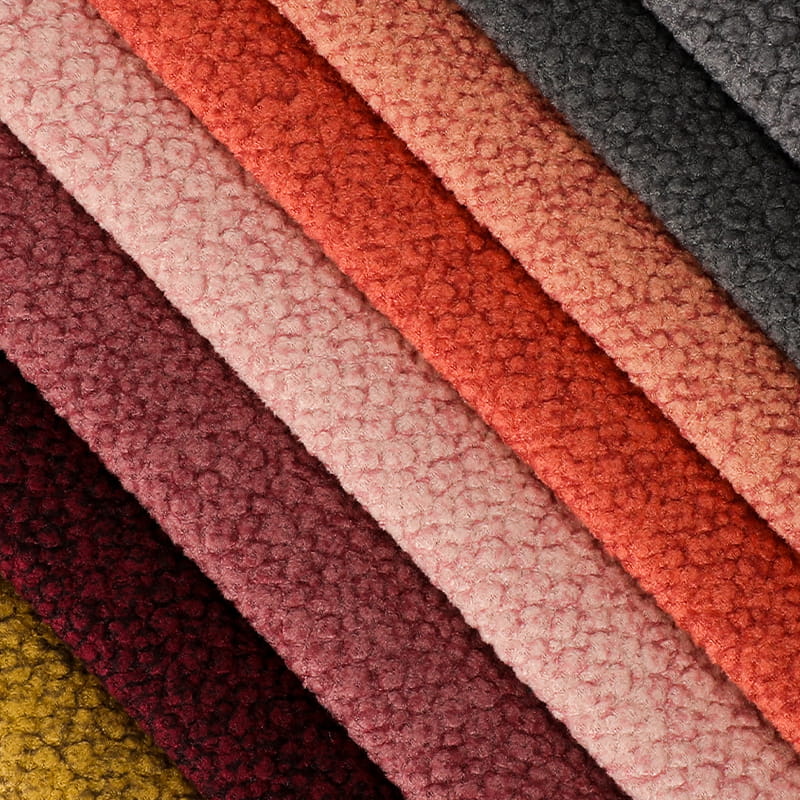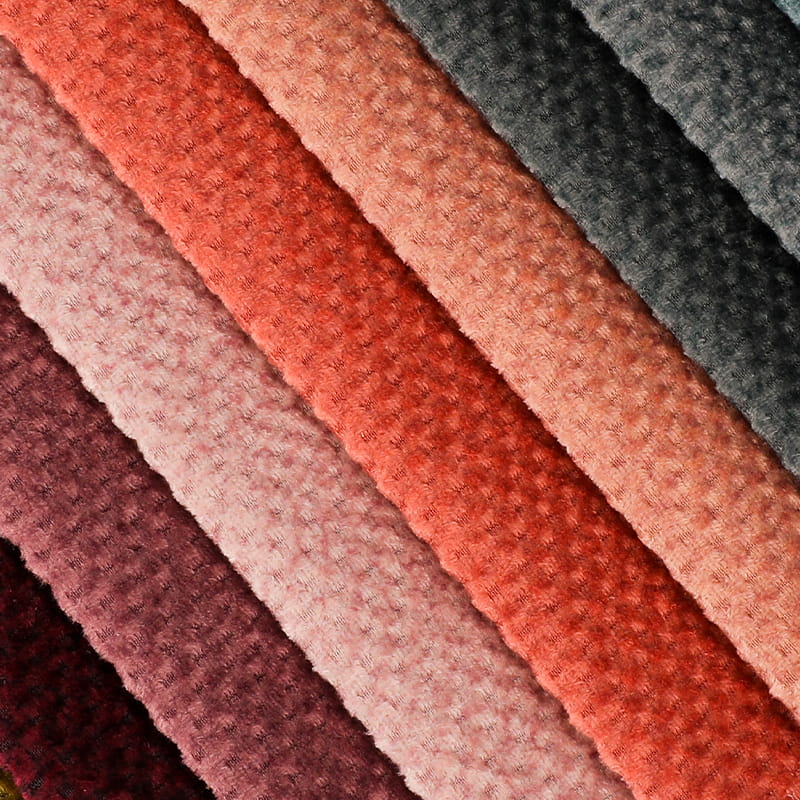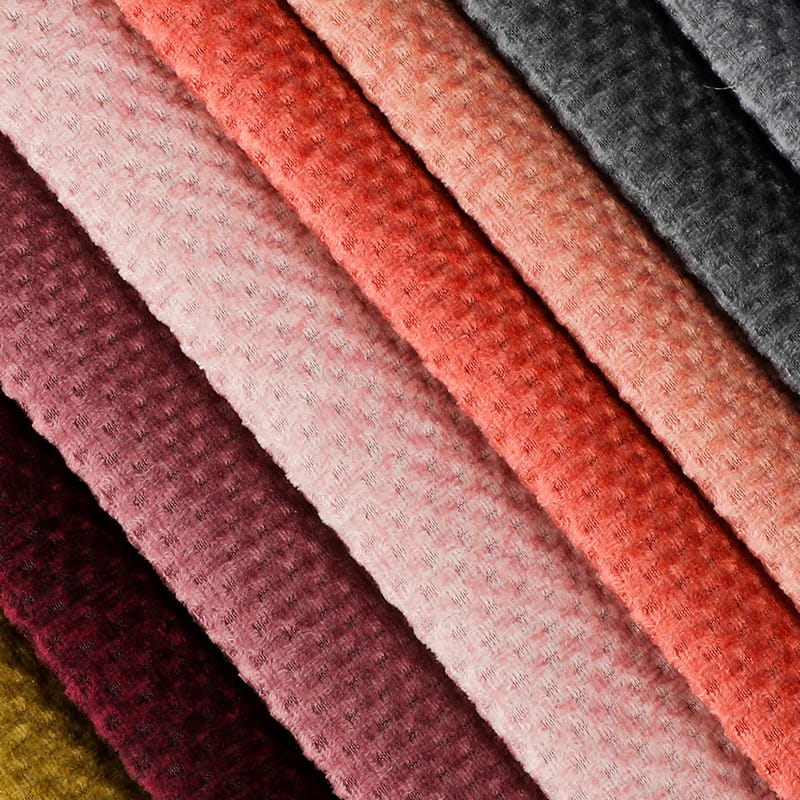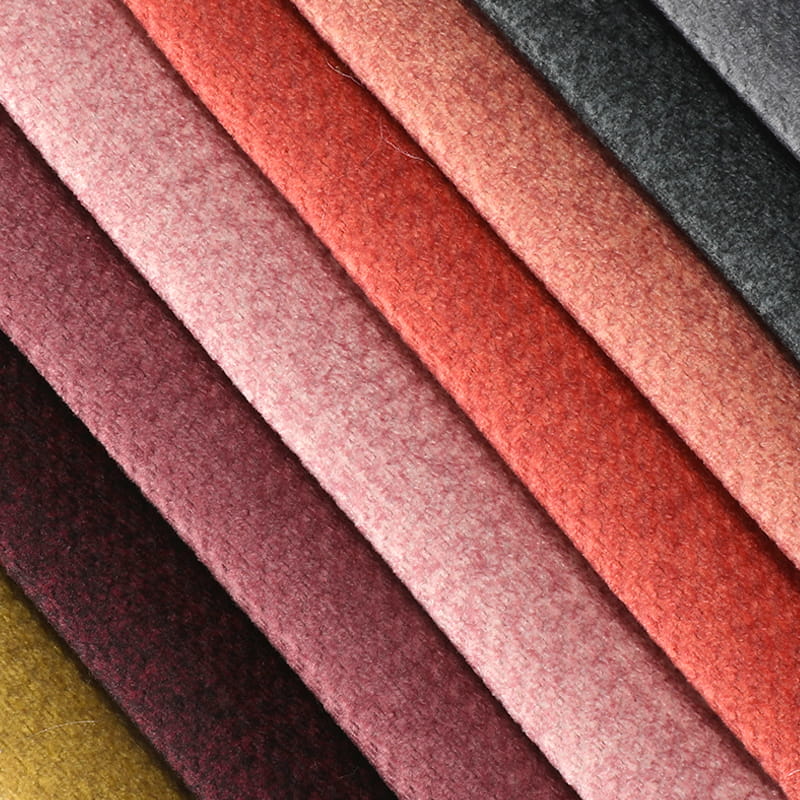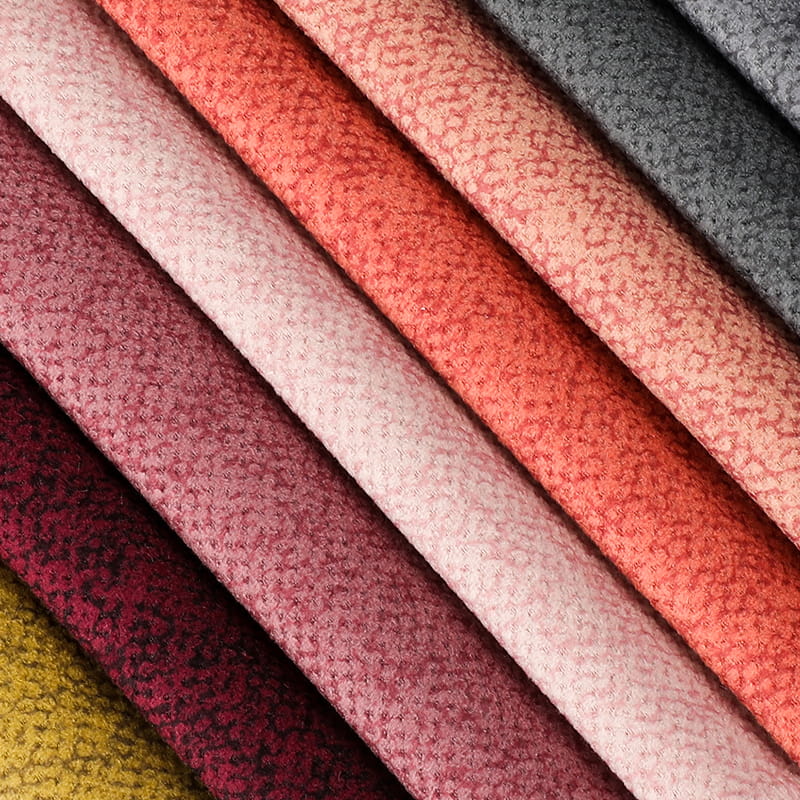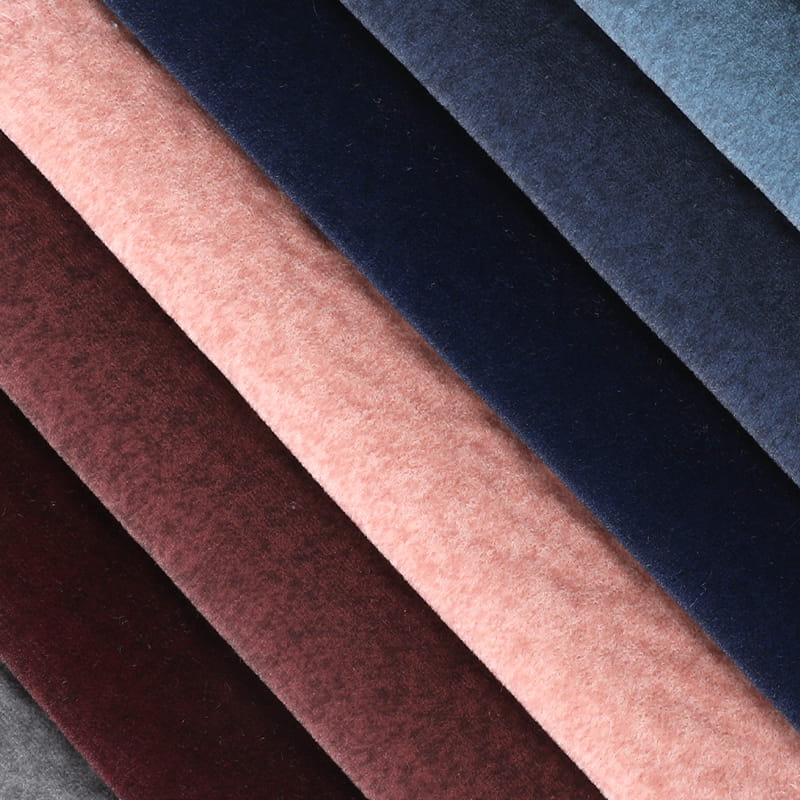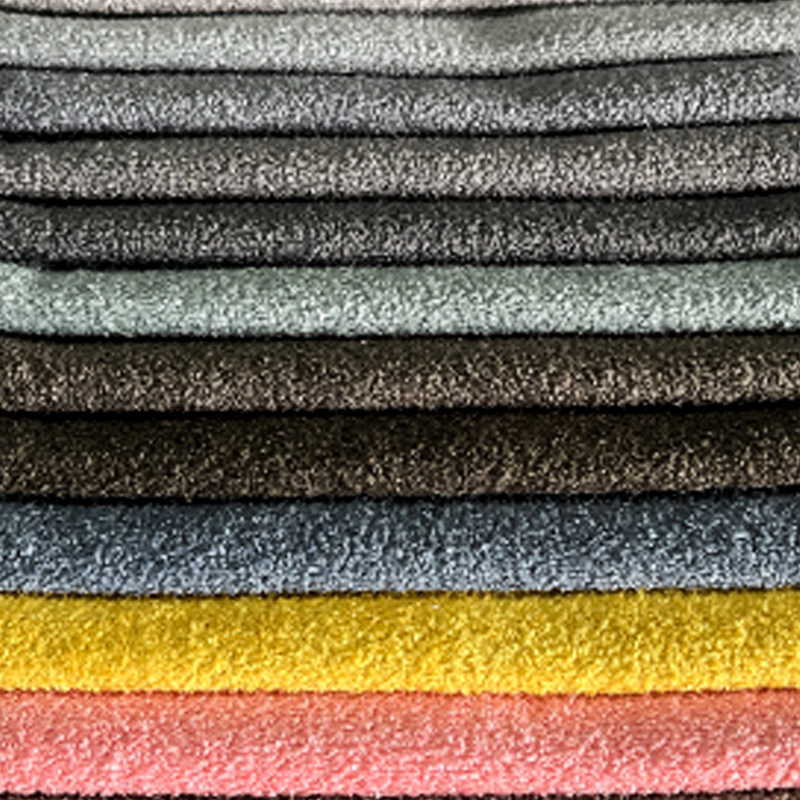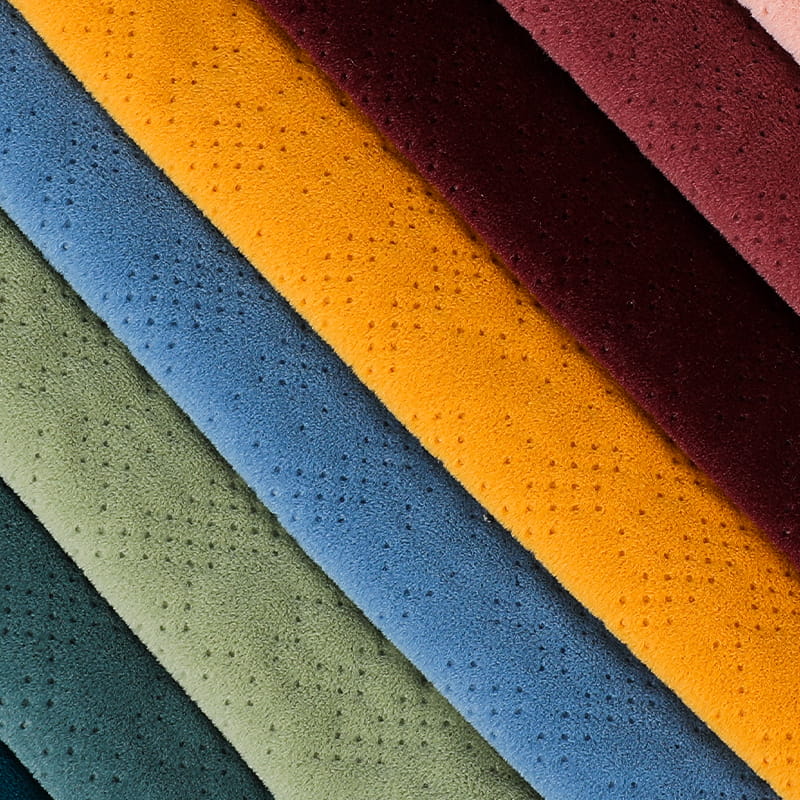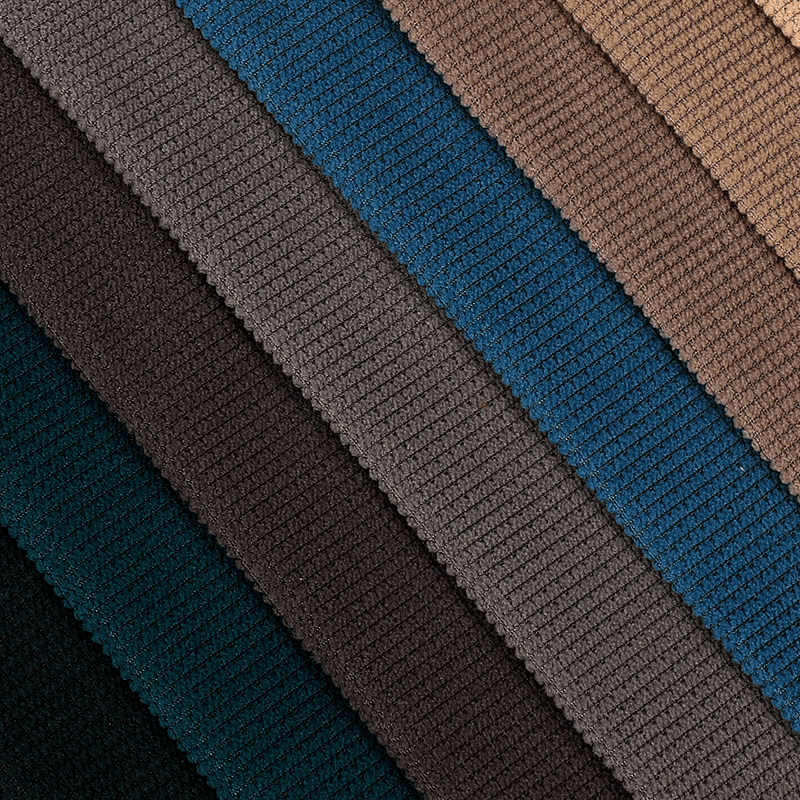Have you ever felt overwhelmed by the sheer number of fabric options available when shopping for a sofa? From soft and comfortable velvet to classic and durable leather to a variety of novel composite fabrics, each claims to be the best choice. However, the true "best" isn't a universal standard; it depends on your lifestyle, home style, and the functionality you expect from your sofa. Custom sofa fabric is more than just the "outer shell" of a sofa; it's the core that gives it its unique personality and defines its user experience.
Understanding Fabric's "DNA": Materials and Properties
To make an informed choice, you first need to understand the nature of each fabric. Each material has its own unique "DNA," which determines its feel, appearance, durability, and cleaning and maintenance requirements.
Natural Fibers: Natural fibers such as cotton, linen, and silk are highly valued for their skin-friendly, breathable, and environmentally friendly properties. While cotton fabrics are soft to the touch and absorb moisture well, they wrinkle easily and are relatively less stain-resistant. Linen fabrics are known for their natural texture, excellent breathability, and durability, but they can feel slightly rough and easily crease. Silk fabrics, with their luxurious luster and smooth feel, add a luxurious feel to sofas, but their delicate nature requires more meticulous care and is not suitable for frequent use in homes.

Synthetic Fibers: Synthetic fibers such as polyester, nylon, and acrylic are the backbone of modern sofa fabrics. They generally offer excellent abrasion resistance, wrinkle resistance, and stain resistance, are easy to clean, and are competitively priced. Polyester fabric is the most widely used, offering high color fastness, resisting fading, and simulating the texture of many natural fibers. Nylon, known for its excellent abrasion resistance, is often used in areas subject to frequent friction. However, these fabrics have the disadvantage of relatively poor breathability, and some materials may have static issues.
Blended Fabrics: Blended fabrics combine the advantages of different fibers and are the mainstream choice in the current market. For example, cotton and linen blends retain the softness and comfort of cotton while offering the stiffness and durability of linen. Blends of polyester and natural fibers maintain the texture of natural fibers while significantly enhancing the fabric's durability and ease of care. The wide range of blended fabrics available can meet a variety of personalized needs.
Insights into Lifestyle Habits: Is Your Sofa a Showpiece or a Playground?
What role does your sofa play in your home? Is it primarily a "front door" for entertaining guests, or a "second bed" for family members to relax, watch TV, or even eat? Different usage frequencies and scenarios place distinct demands on the durability and cleanability of the sofa fabric.
If your sofa is used frequently and you have children or pets in your home, a fabric that is durable, stain-resistant, and easy to clean is paramount. Such fabrics are often treated with special stain- and water-repellent treatments. High-density blends or microfiber fleece are good choices; they are not only comfortable to the touch but also easily withstand unexpected situations.
Conversely, if your sofa is primarily for display or infrequent use, you can focus more on the aesthetics and tactile feel of the fabric. Soft velvet, luxurious silk, or natural linen can all add a unique artistic touch and texture to your home.
Texture and Color: The Artistic Expression of a Custom Sofa
The texture and color of the fabric are crucial to determining the style and overall visual impact of a sofa. They are two core elements of custom sofa fabric design, directly influencing the atmosphere and mood of the space.
The color you choose should coordinate with your existing home style and color scheme. Neutral colors such as off-white, gray, and khaki are timeless classics. They are versatile and timeless, bringing a sense of calm and balance to a space. Bright, bold colors such as dark blue, dark green, and burgundy can create a focal point, injecting energy and personality into the room.
Texture lends a sofa a deeper, more authentic feel. Plain weaves offer a simple, clean feel; jacquards create intricate patterns and rich, layered textures; and velvet, with its subtle sheen and unique tactile feel, adds a touch of vintage glamour to any space. When choosing a texture, consider how it complements your home's style and how it will appear in different lighting conditions.

Touch and Feel: The Essentials of In-Person Experience
Before making a final decision, be sure to touch and feel the fabric in person. Pictures and descriptions, no matter how detailed, can never replace the physical experience of touch.
Feel the fabric's feel: Is it soft and smooth, or rough and stiff? What is its thickness and density: Is it light and airy, or thick and textured? Try rubbing the fabric with your hands to gauge its resistance to wear and wrinkles. You can also hold a fabric sample up to your home's lighting to observe how its color and sheen change under different lighting conditions.
Creating custom sofa fabric is a complex process that blends functionality, aesthetics, and personal taste. When you deeply understand the materials, consider your lifestyle, and personally experience the textures and colors, you can make an informed choice that truly meets your needs and brings infinite comfort and beauty to your home. The soul of a custom sofa lies in the fabric you carefully select.



 English
English Español
Español